
So why do some vendors make it so hard to get information about how much you’re storing and how much you’re being charged?
Cloud storage is fast becoming the central repository for mission critical information, irreplaceable memories, and in some cases, entire corporate and personal histories. Given this responsibility, we believe cloud storage vendors have an obligation to be transparent as possible in how they interact with their customers.
In that light we decided to challenge four cloud storage vendors and ask two simple questions:
- Can a customer understand how much data is stored?
- Can a customer understand the bill?
The detailed results are below, but if you wish to skip the details and the screen captures (TL;DR), we’ve summarized the results in the table below.
Summary of Cloud Storage Pricing Test
Our challenge was to upload one terabyte of data, store it for one month, and then download it. Cost is based on publicly posted rates.
| Visibility to Data Stored | Easy to Understand Bill | Cost | |
|---|---|---|---|
| Backblaze B2 | Accurate, intuitive display of storage information. | Available on demand, and the site clearly defines what has and will be charged for. | $25 |
| Microsoft Azure | Storage is being measured in kibibytes, but is billed by the gigabyte. With a calculator, it is unclear how much storage we are using. | Available, but difficult to find. The nearly 30-day lag in billing creates business and accounting challenges. | $72 |
| Amazon S3 | Incomplete. From the file browsing user interface, while summaries of folders can be found, there is no reasonable way to understand how much data is being globally stored. |
Available on demand. While there are some line items that seem unnecessary for our test, the bill is generally straightforward to understand. | $71 |
| Google Cloud Service | Incomplete. From the file browsing user interface, there is no reasonable way to understand how much data is being stored. | Available, but provides descriptions in units that are not on the pricing table nor commonly used. | $100 |
Details of Cloud Storage Tests
For our tests, we choose Backblaze B2, Microsoft’s Azure, Amazon’s S3, and Google Cloud Storage. Our idea was simple: Upload 1TB of data to the comparable service for each vendor, store it for one month, download that 1TB, then document and share the results.
Let’s start with most obvious observation, the cost charged by each vendor for the test. Looking at the publicly available prices posted online by each vendor, here’s what costs should be:
| Cost | |
|---|---|
| Backblaze B2 | $25 |
| Microsoft Azure | $72 |
| Amazon S3 | $71 |
| Google Cloud Service | $100 |
Later in this post, we’ll see if we can determine the different cost components (storage, downloading, transactions, etc.) for each vendor, but our first step is to see if we can determine how much data we stored. In some cases, the answer is not as obvious as it would seem.

Test 1: Can a Customer Understand How Much Data Is Stored?
At the core, a provider of a service ought to be able to tell a customer how much of the service they are using. In this case, one might assume that providers of cloud storage would be able to tell customers how much data is being stored at any given moment. It turns out, it’s not that simple.
Backblaze B2
Logging into a Backblaze B2 account, one is presented with a summary screen that displays all buckets. Each bucket displays key summary information, including data currently stored.
Clicking into a given bucket, one can browse individual files. Each file displays its size, and multiple files can be selected to create a size summary.
Summary: Accurate, intuitive display of storage information.
Microsoft Azure
Moving on to Microsoft’s Azure, things get a little more “exciting.” There was no area that we could find where one can determine the total amount of data, in gigabytes, stored with Azure.
There’s an area entitled “usage,” but that wasn’t helpful.
We then moved on to “Overview,” but had a couple challenges.The first issue was that we were presented with kibibytes as a unit of measurement. One gigabyte (the unit of measurement used in Azure’s pricing table) equates to roughly 976,563KiB. It struck us as odd that things would be summarized by a unit of measurement different from the billing unit of measurement.
Summary: Storage is being measured in kibibytes, but is billed by the gigabyte. Even with a calculator, it is unclear how much storage we are using.
Amazon S3
Next, we checked on the data we were storing in S3. We again ran into problems.
In the bucket overview, we were able to identify our buckets. However, we could not tell how much data was being stored.
Drilling into a bucket, the detail view does tell us file size. However, there was no method for summarizing the data stored within that bucket or for multiple files.
Summary: Incomplete. From the file browsing user interface, while summaries of folders can be found, there is no reasonable way to understand how much data is being globally stored.
Google Cloud Storage (GCS)
GCS proved to have its own quirks, as well.
One can easily find the bucket summary, however, it does not provide information on data stored.
Clicking into the bucket, one can see files and the size of an individual file. However, no ability to see data total is provided.
Summary: Incomplete. From the file browsing user interface, there is no reasonable way to understand how much data is being stored.
Test 1 Conclusions
We knew how much storage we were uploading and, in many cases, the user will have some sense of the amount of data they are uploading. However, it strikes us as odd that many vendors won’t tell you how much data you have stored. Even stranger are the vendors that provide reporting in a unit of measure that is different from the units in their pricing table.

Test 2: Can a Customer Understand the Bill?
The cloud storage industry has done itself no favors with its tiered pricing that requires a calculator to figure out what’s going on. Setting that aside for a moment, one would presume that bills would be created in clear, auditable ways.
Backblaze
Inside of the Backblaze user interface, one finds a navigation link entitled “Billing.” Clicking on that, the user is presented with line items for previous bills, payments, and an estimate for the upcoming charges.
One can expand any given row to see the the line item transactions composing each bill.
Here’s more detail.
Summary: Available on demand, and the site clearly defines what has and will be charged for.
Azure
Trying to understand the Azure billing proved to be a bit tricky.
On August 6th, we logged into the billing console and were presented with this screen.
As you can see, on August 6th, billing for the period of May-June was not available for download. For the period ending June 26th, we were charged nearly a month later, on July 24th. Clicking into that row item does display line item information.
Summary: Available, but difficult to find. The nearly 30-day lag in billing creates business and accounting challenges.
Amazon S3
Amazon presents a clean billing summary and enables users to “drill down” into line items.
Going to the billing area of AWS, one can survey various monthly bills and is presented with a clean summary of billing charges.
Expanding into the billing detail, Amazon articulates each line item charge. Within each line item, charges are broken out into sub-line items for the different tiers of pricing.
Summary: Available on demand. While there are some line items that seem unnecessary for our test, the bill is generally straightforward to understand.
Google Cloud Storage (GCS)
This was an area where the GCS user interface, which was otherwise relatively intuitive, became confusing.
Going to the Billing Overview page did not offer much in the way of an overview on charges.
However, moving down to the “Transactions” section did provide line item detail on all the charges incurred. However, similar to Azure introducing the concept of KiB, Google introduces the concept of the equally confusing gibibyte. While all of Google’s pricing tables are listed in terms of gigabytes, the line items reference gibibytes. 1GiB is 1.07374GB.
Summary: Available, but provides descriptions in units that are not on the pricing table nor commonly used.
Test 2 Conclusions
Clearly, some vendors do a better job than others in making their pricing available and understandable. From a transparency standpoint, it’s difficult to justify why a vendor would have their pricing table in units of X, but then put units of Y in the user interface.

Transparency: The Backblaze Way
Transparency isn’t easy. At Backblaze, we believe in investing time and energy into presenting the most intuitive user interfaces that we can create. We take pride in our heritage in the consumer backup space—servicing consumers has taught us how to make things understandable and usable. We do our best to apply those lessons to everything we do.
This philosophy reflects our desire to make our products usable, but it’s also part of a larger ethos of being transparent with our customers. We are being trusted with precious data. We want to repay that trust with, among other things, transparency.
It’s that spirit that was behind the decision to publish our hard drive performance stats, to open-source the infrastructure that is behind us having the lowest cost of storage in the industry, and also to open-source our erasure coding (the math that drives a significant portion of our redundancy for your data).
Why? We believe it’s not just about good user interface, it’s about the relationship we want to build with our customers.


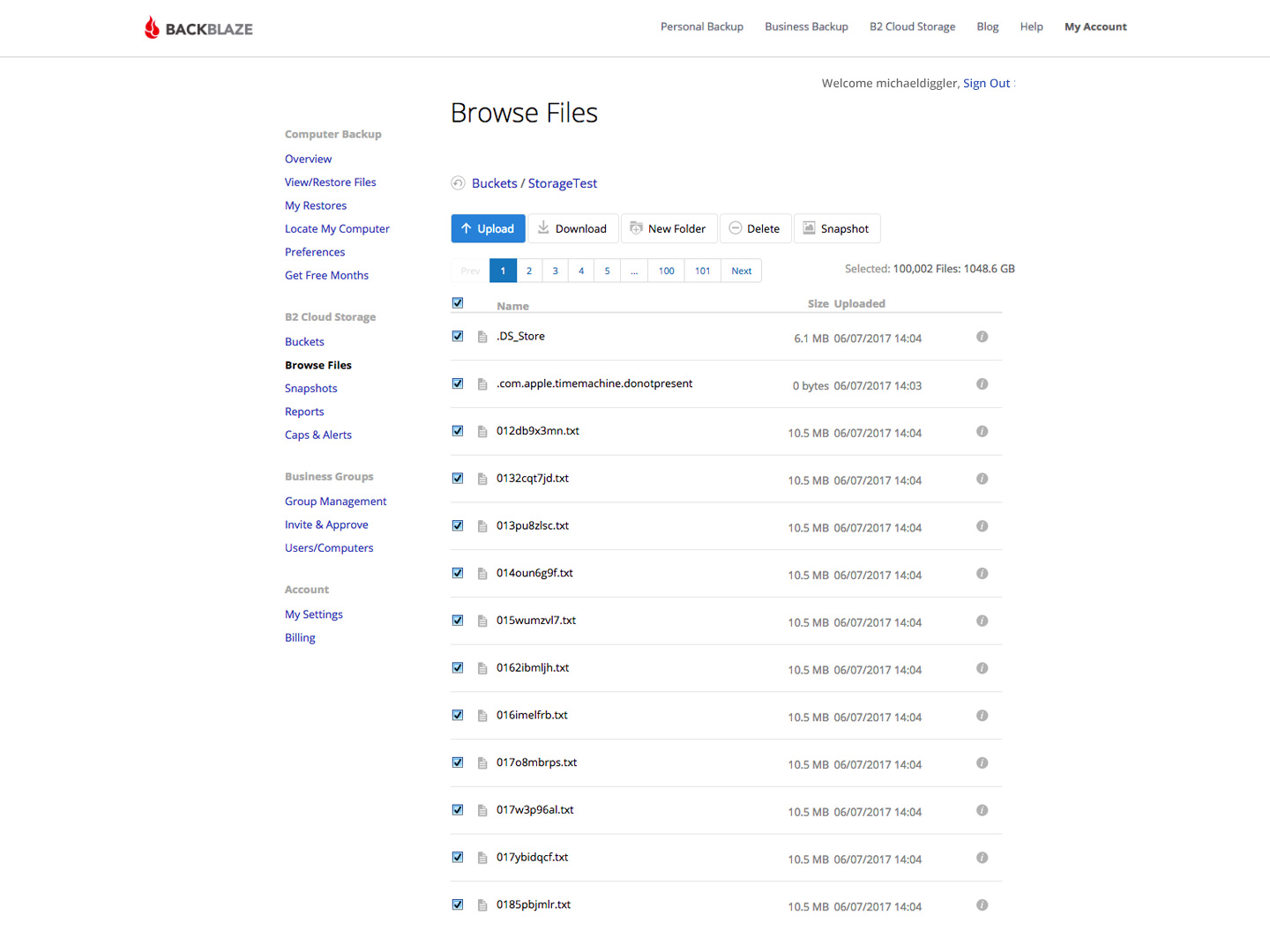
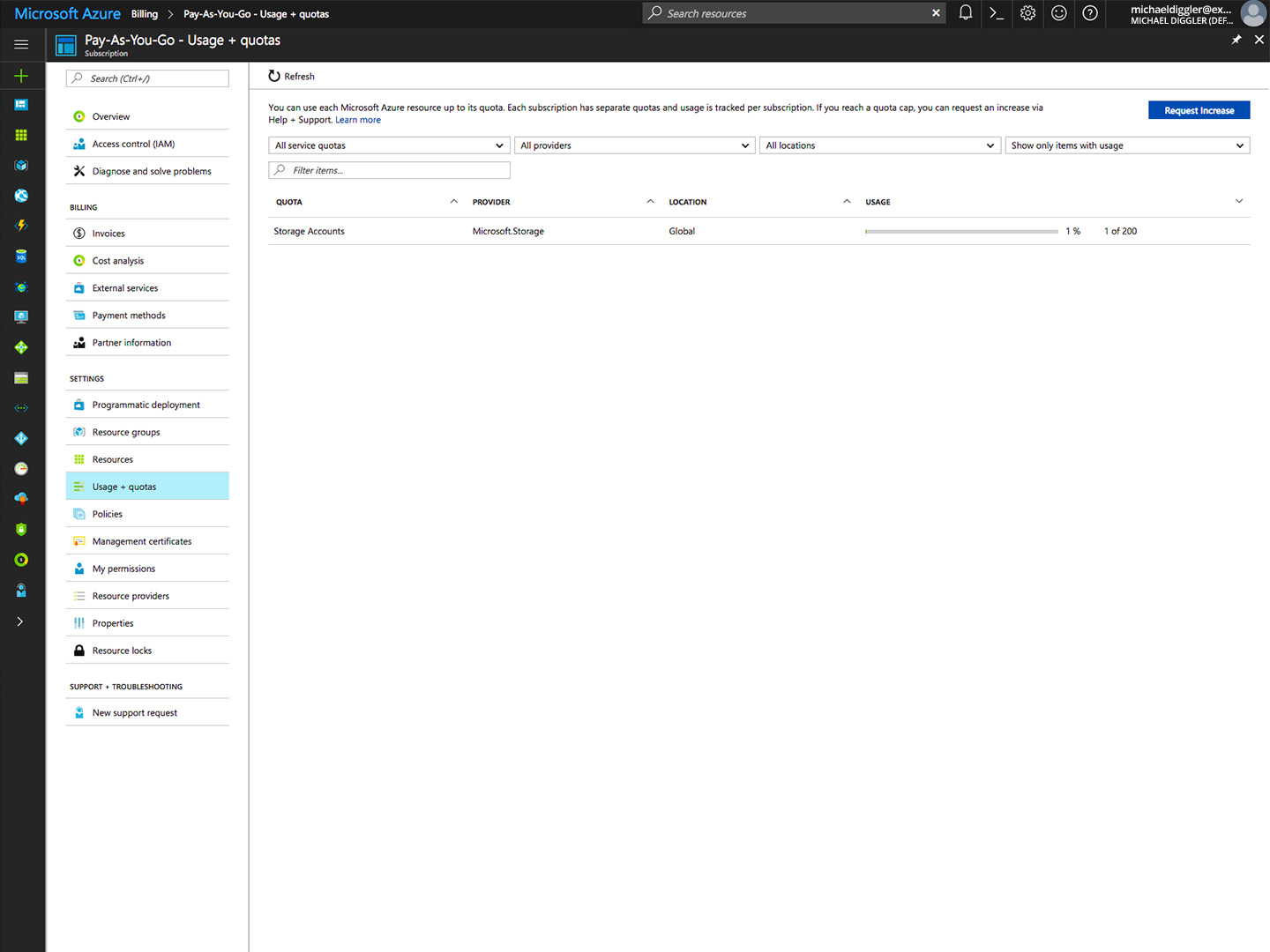
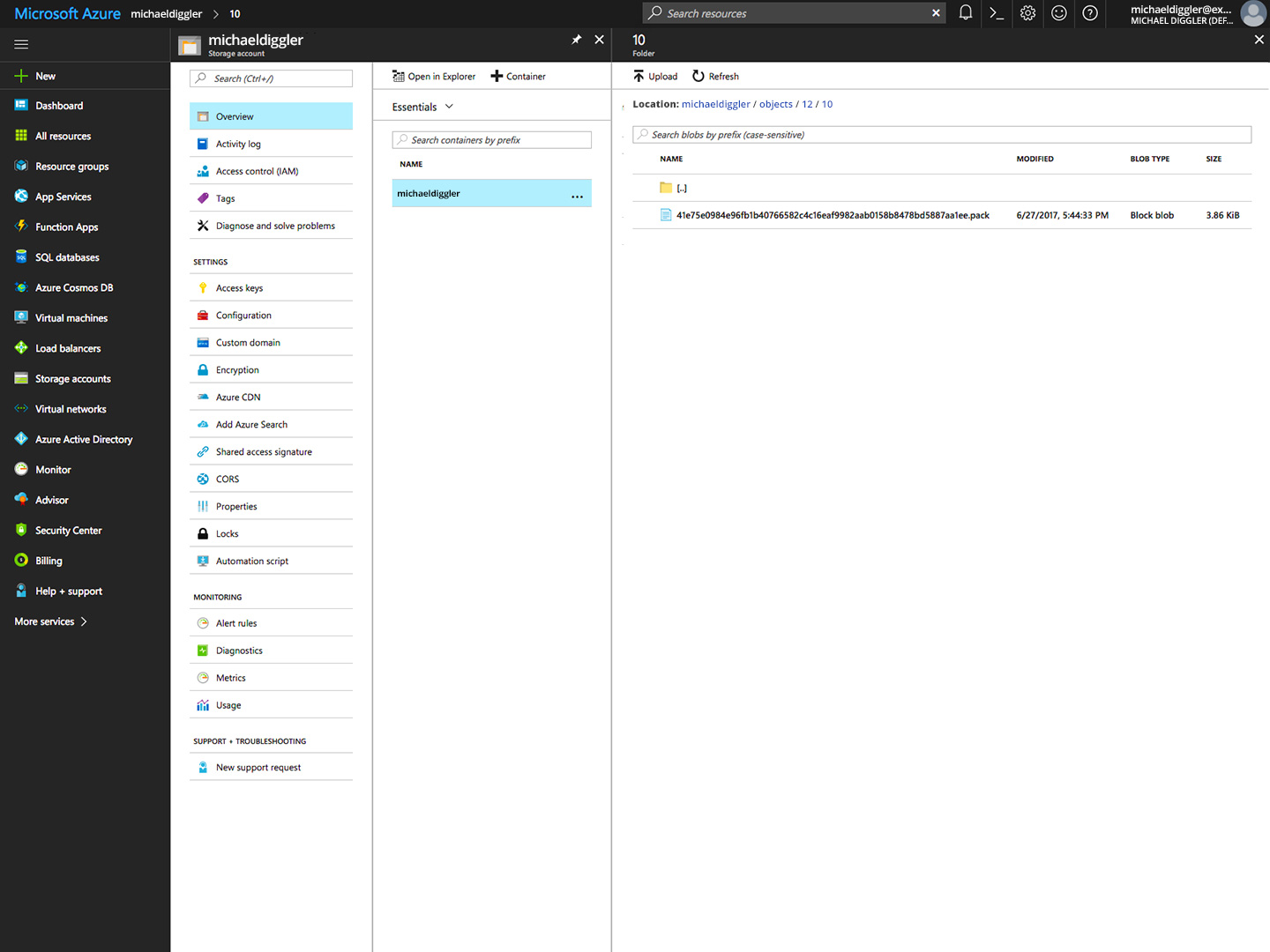
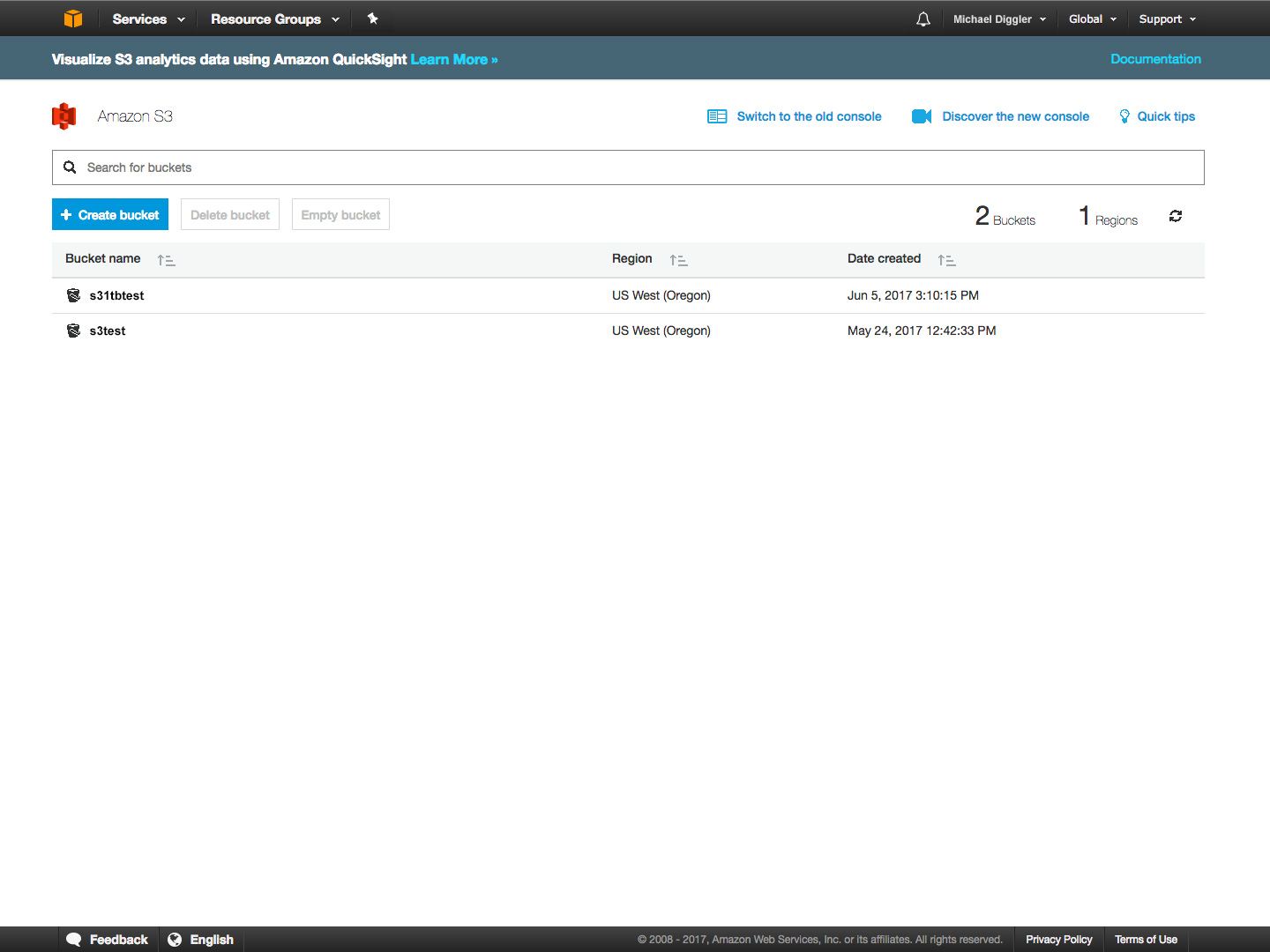
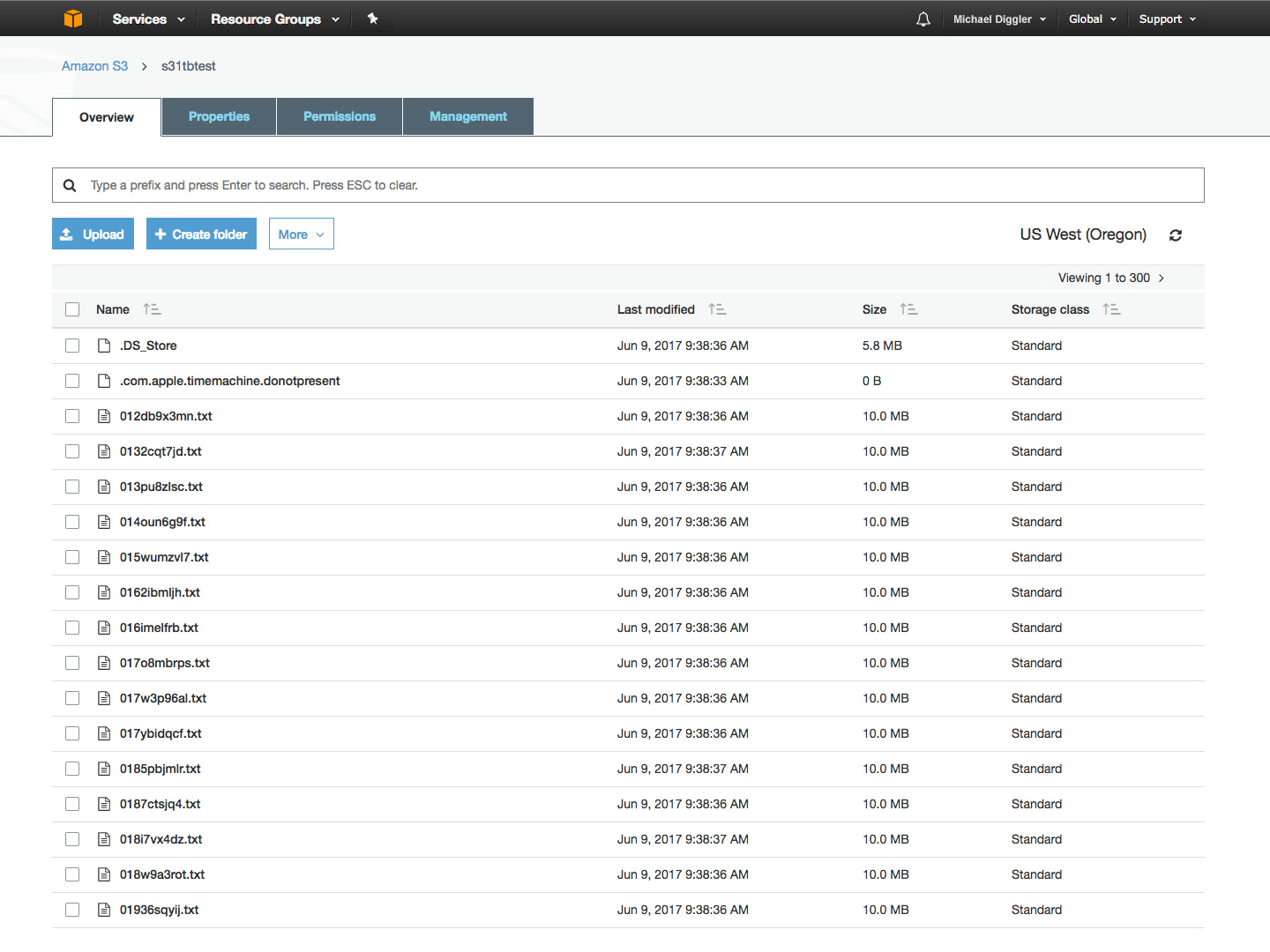

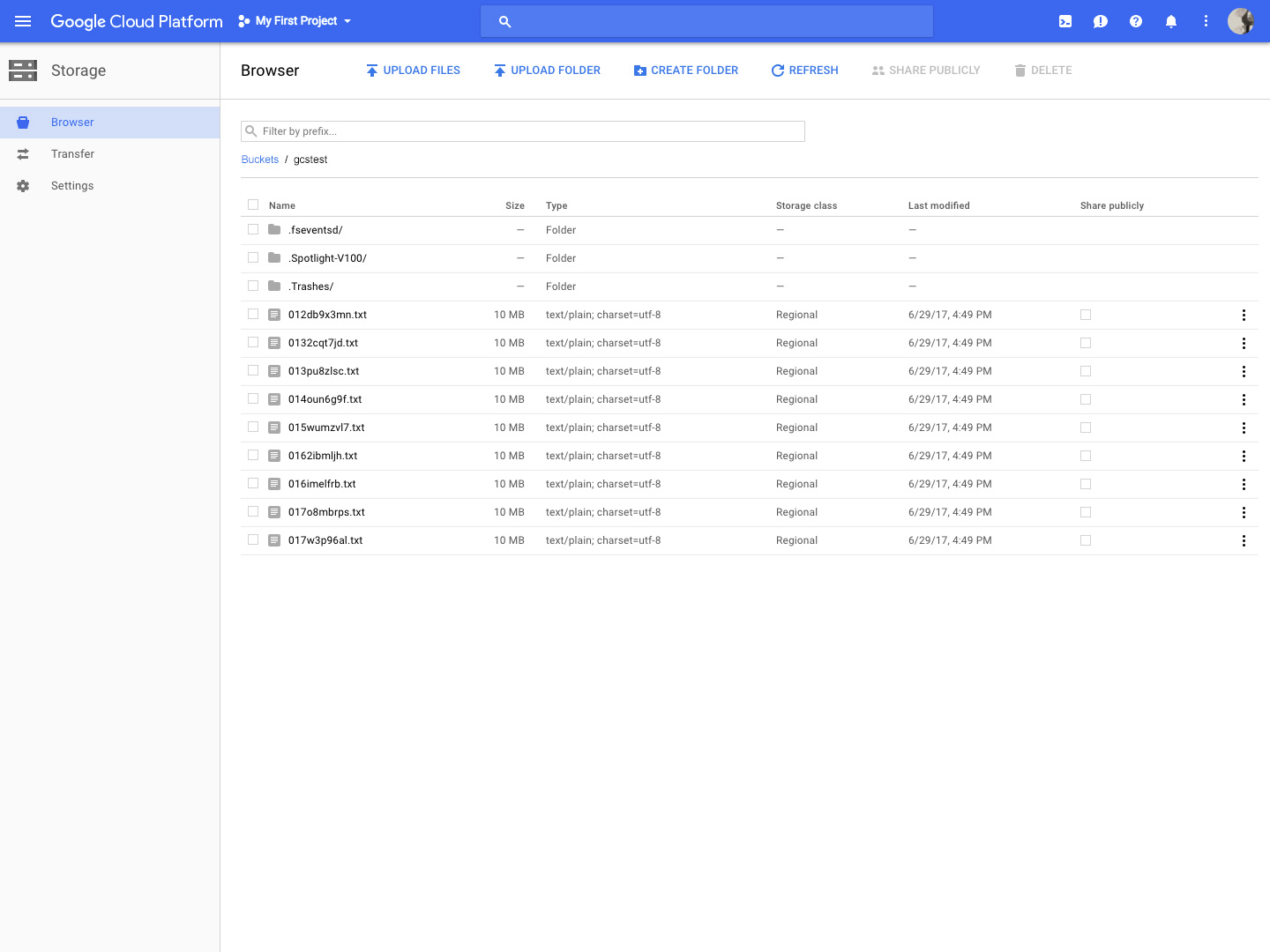

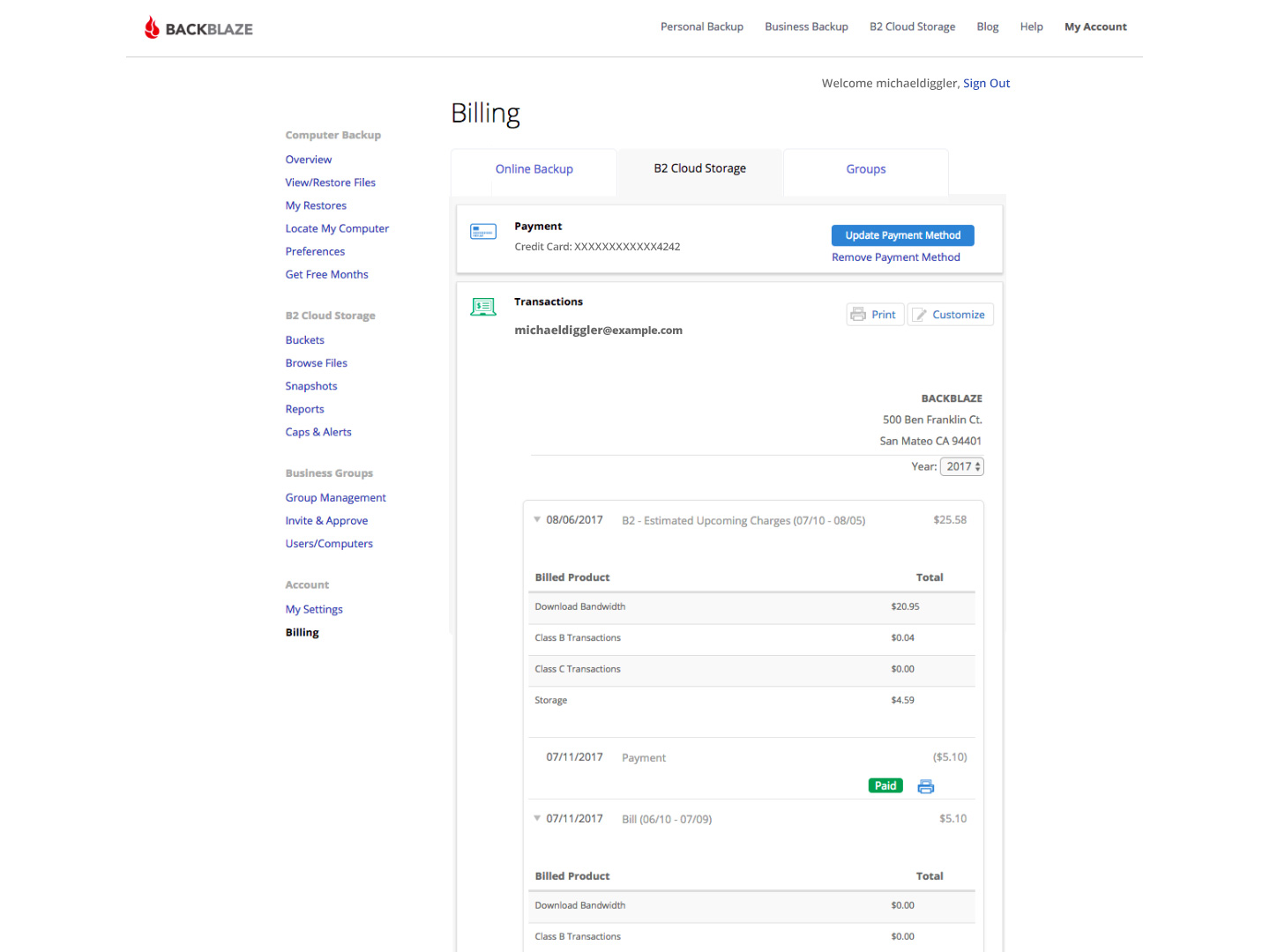
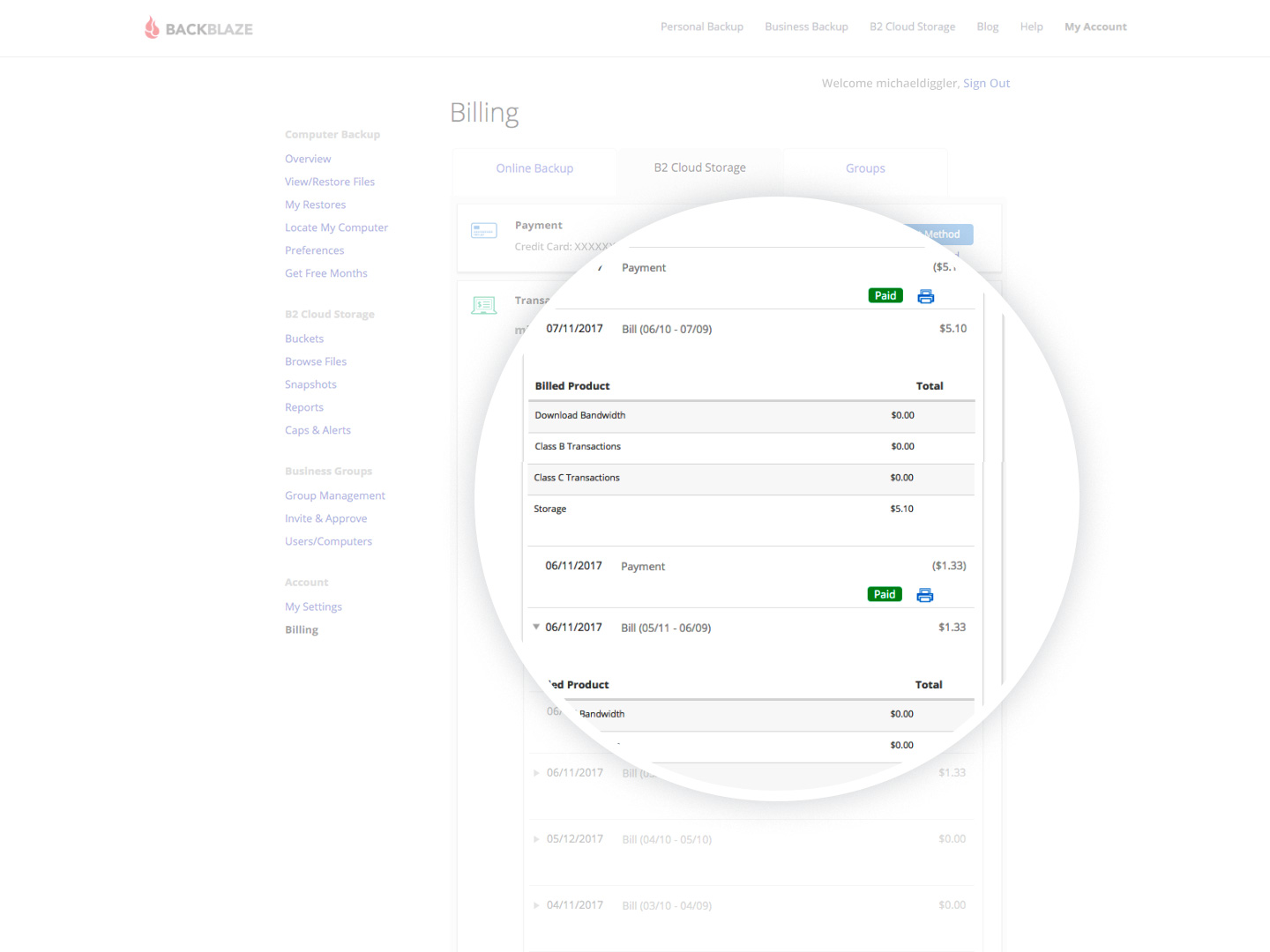
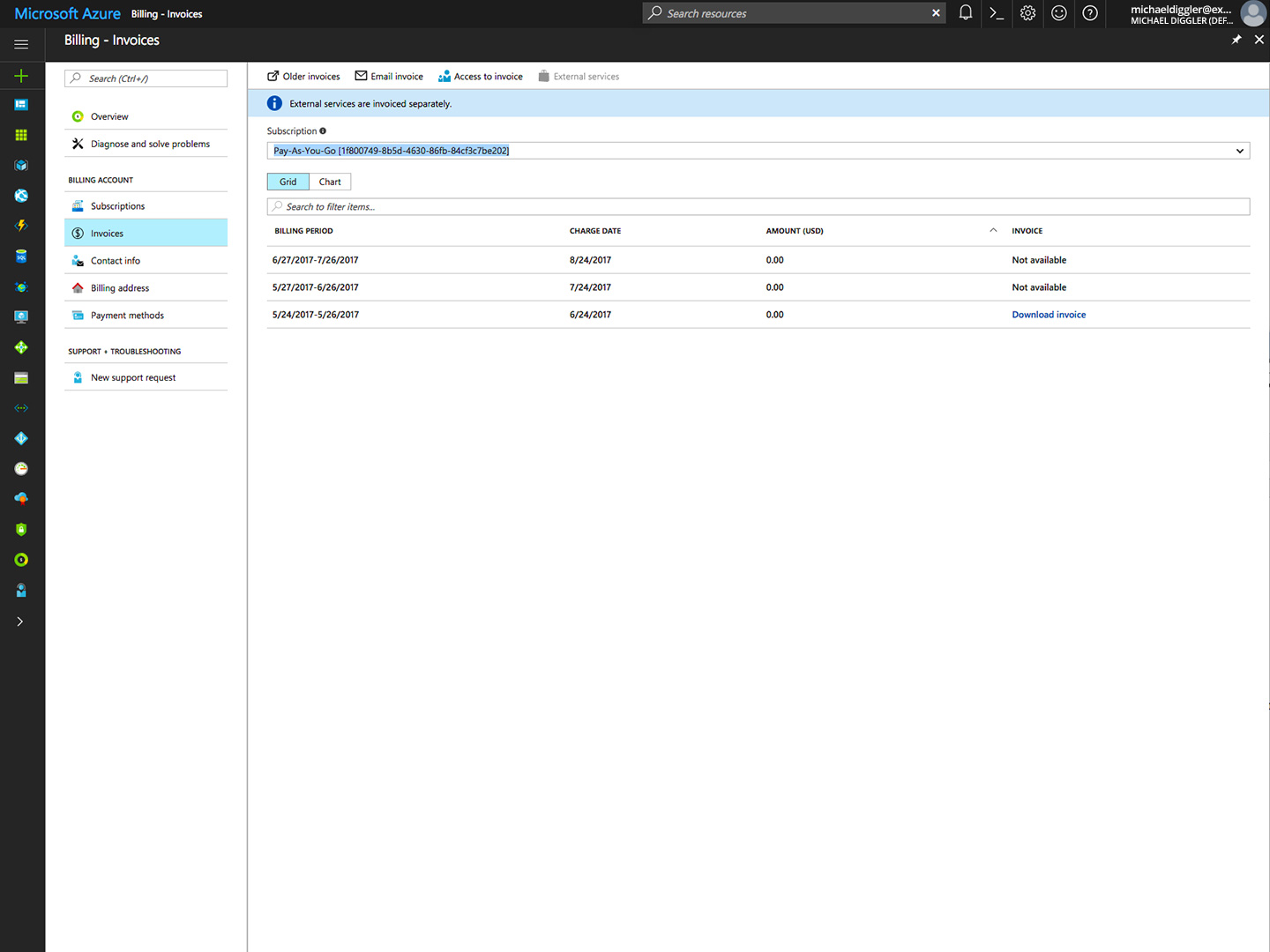
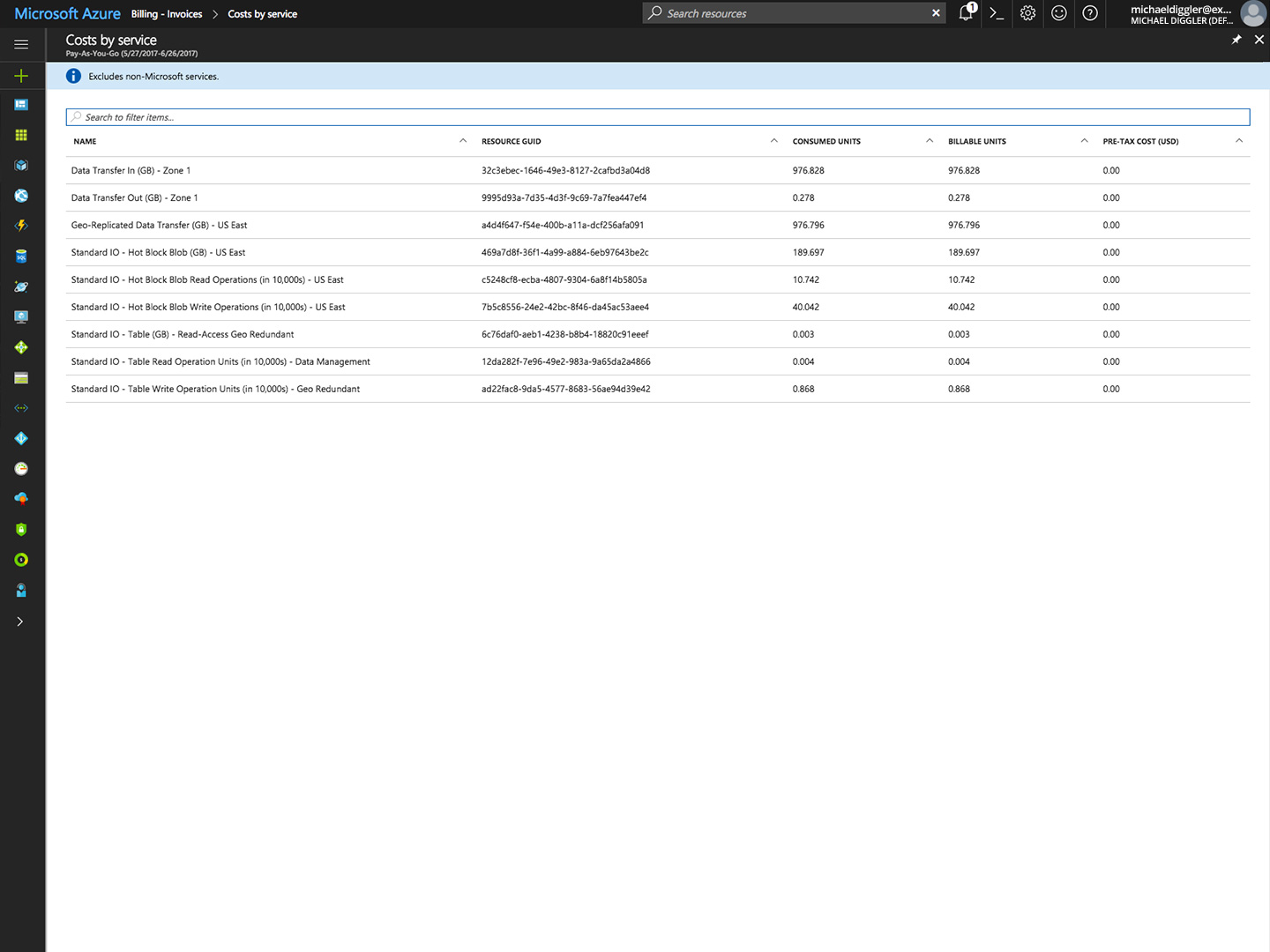
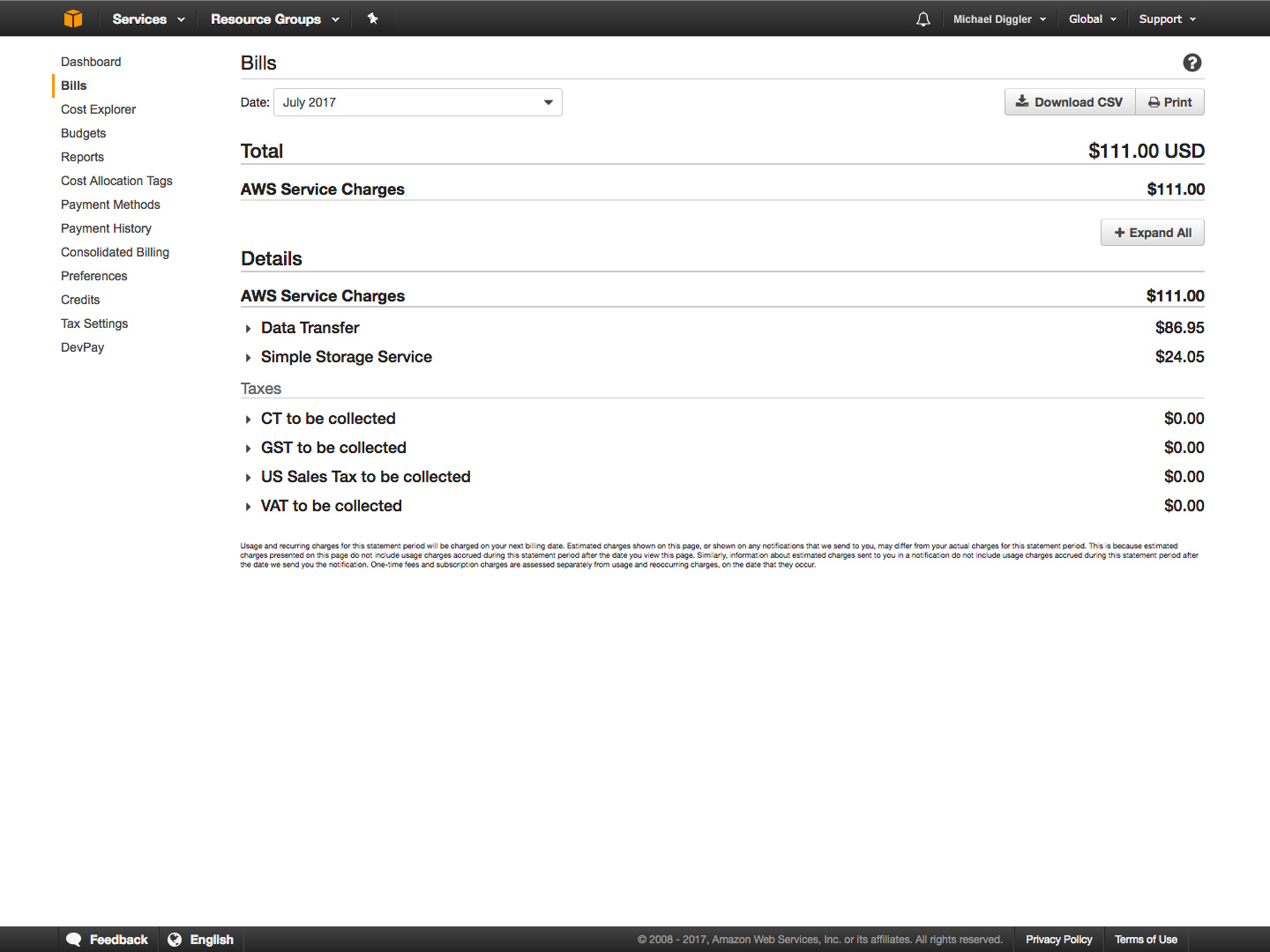
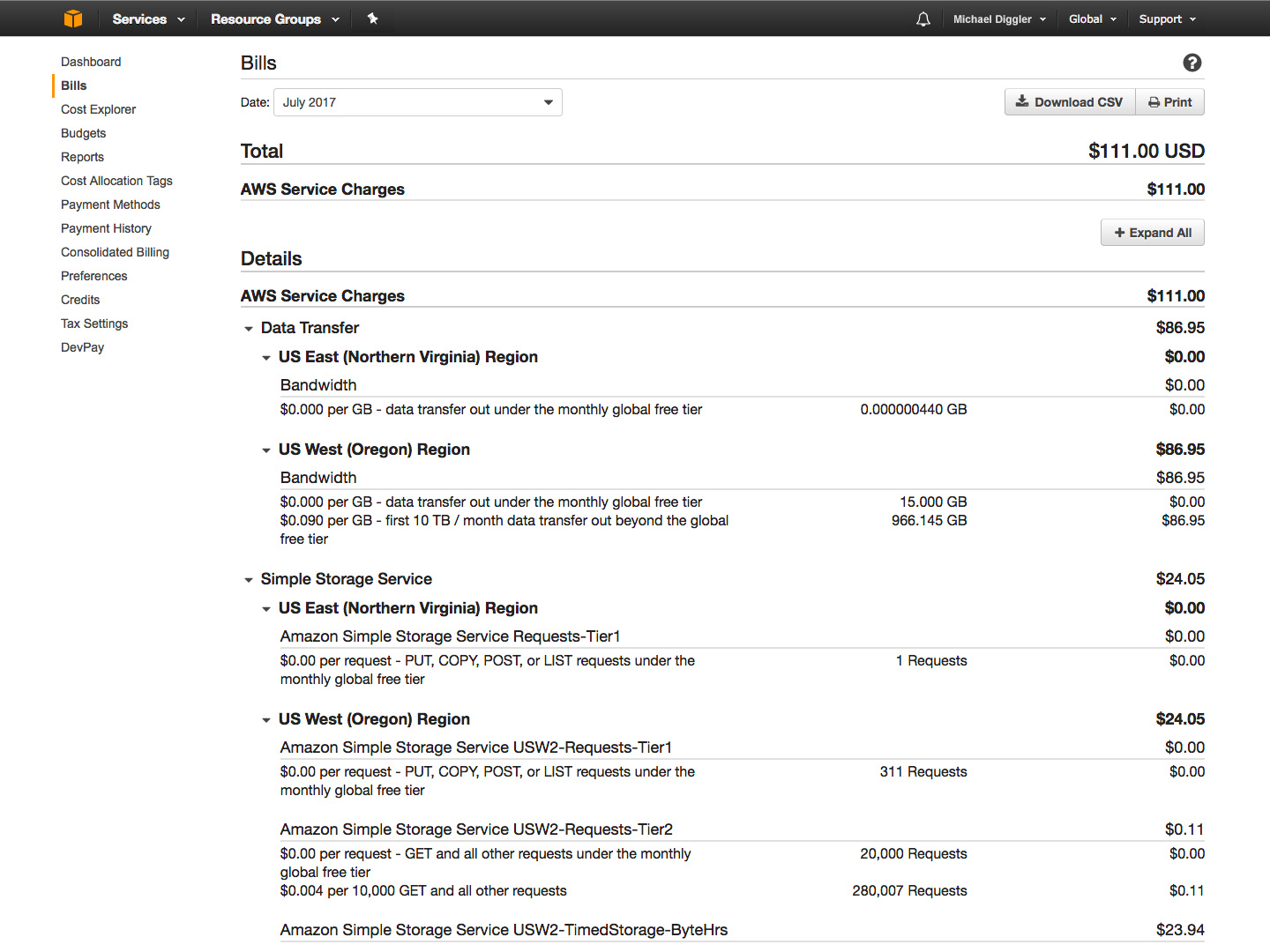
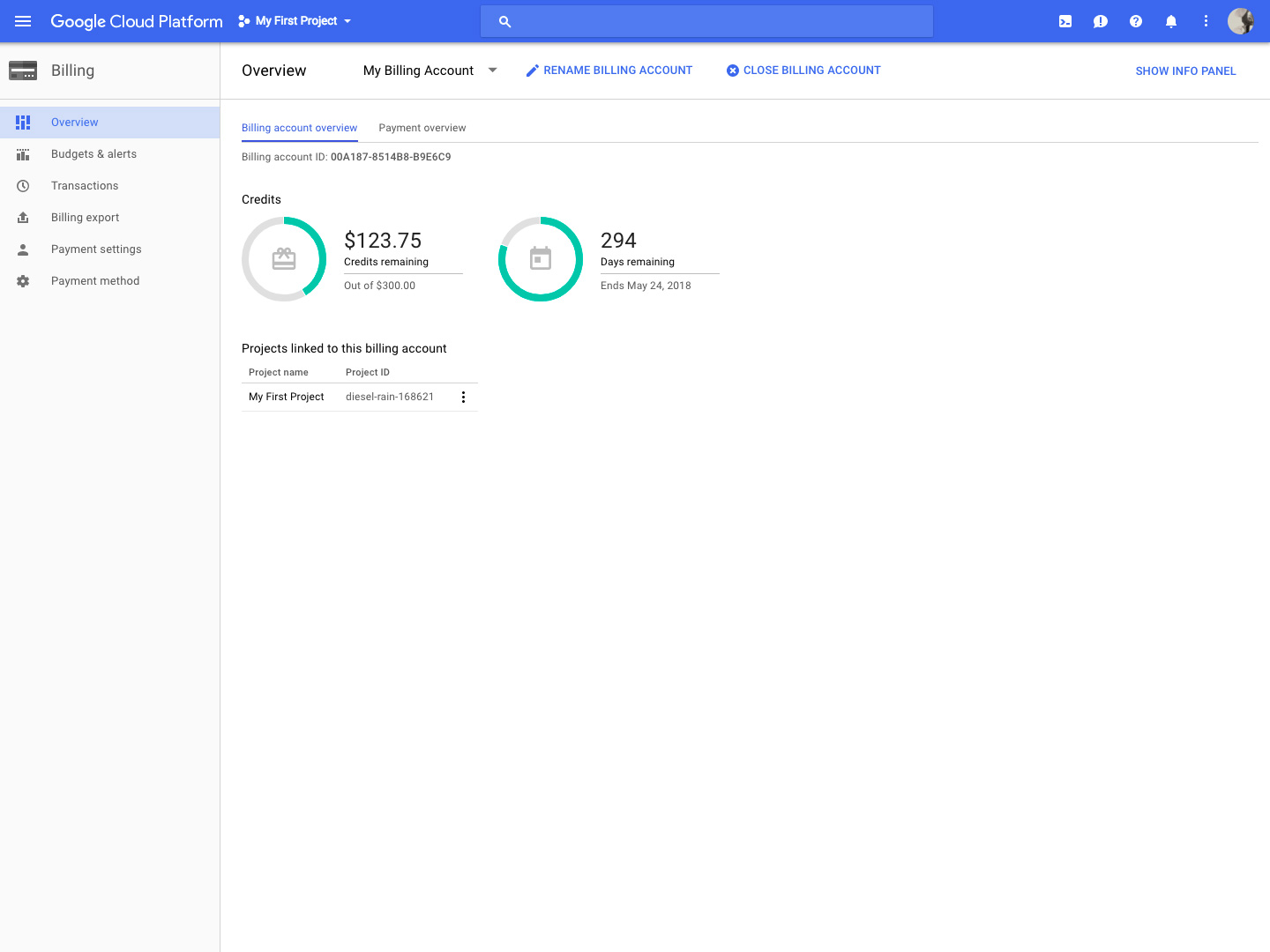
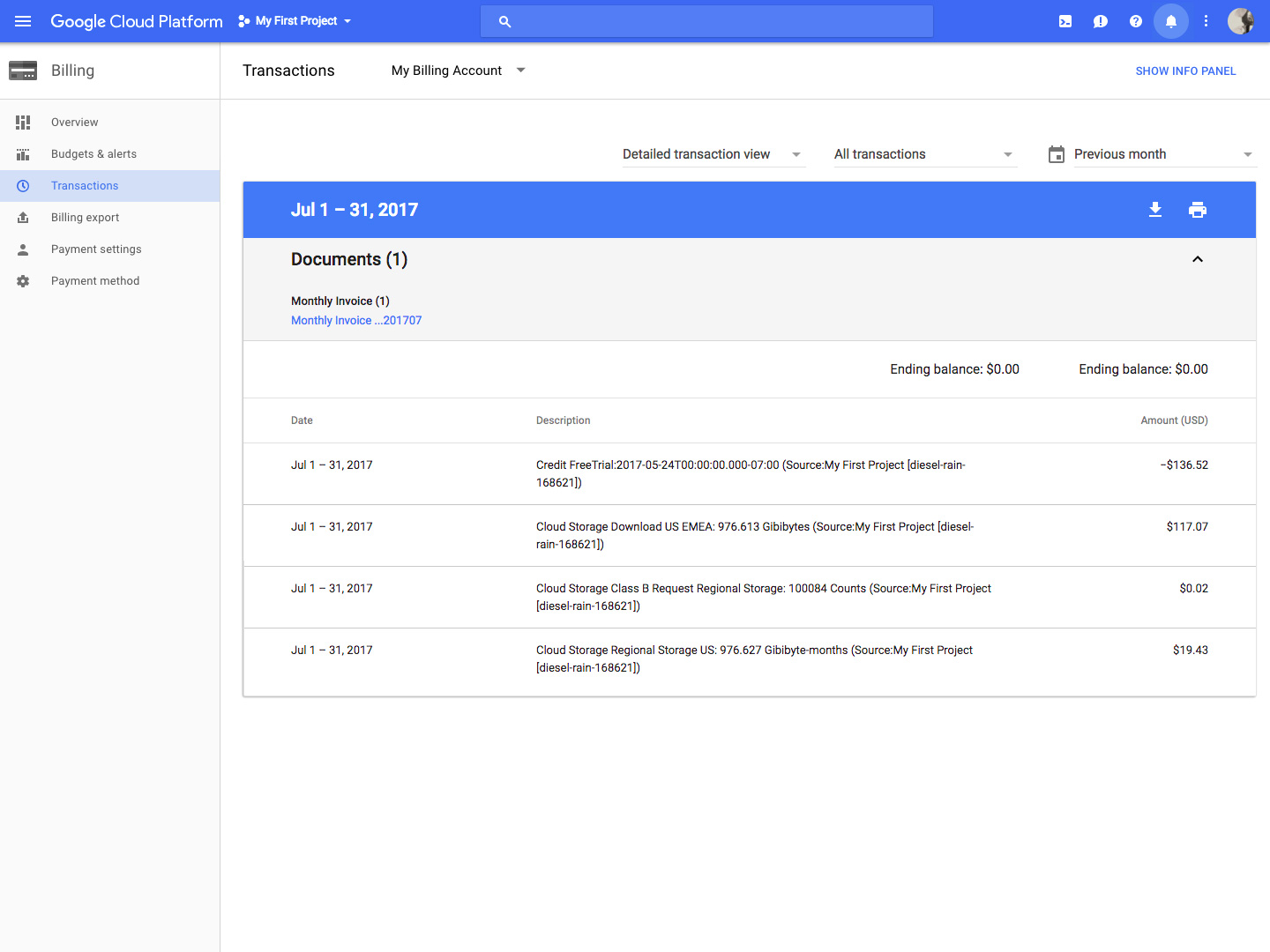












 Extended Maintenance
Extended Maintenance